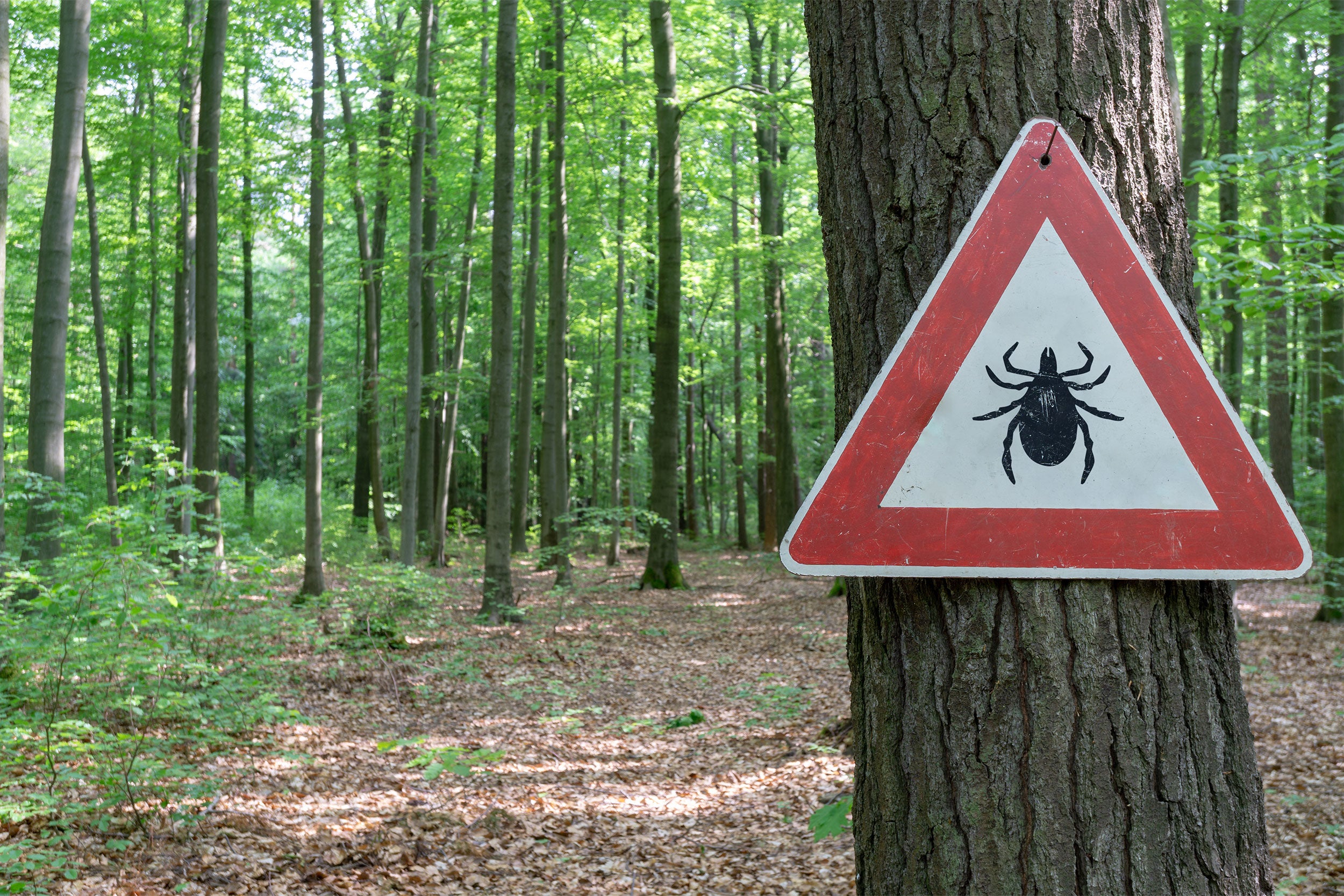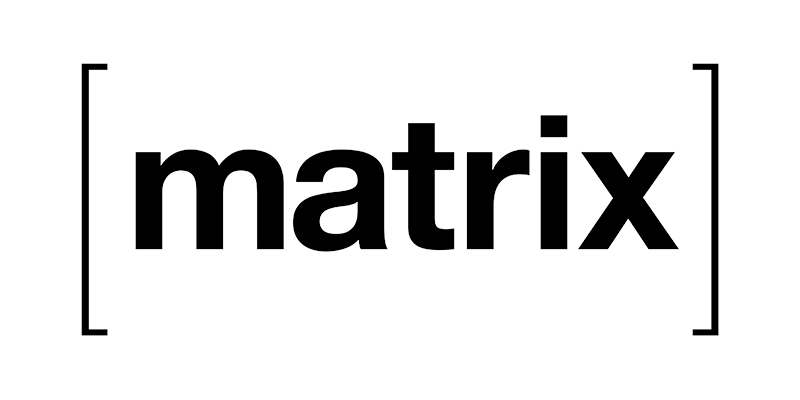
RNA can be used as a pesticide in addition to being good for vaccines.
RIBONUCLEIC ACID (RNA), once little-known outside biological circles, has recently become the molecule de nos jours. The reason is its role in covid-19 vaccines. The RNA molecules in these encode spike, a coronavirus protein. So, when the protein-making machinery of a body cell encounters such RNA, spike is what it makes. That lets the vaccinee’s immune system learn to recognise a crucial part of the enemy before the real thing turns up.
Helping to make proteins is not, however, RNA’s only job. Among many other things it is central to a process called RNA interference, which prevents, rather than facilitates, the manufacture of specific proteins. RNAi, as this activity is called for short, has also been investigated medically. It has been approved for use against four genetic diseases and is under investigation for the treatment of more than a dozen others. That is good. Some biologists, though, think RNAi may have an important non-medical use as well, as a precisely targeted, environmentally friendly pesticide.
The theory is simple. Identify a protein crucial to the survival of the pest in question. Tailor a specific interfering RNA molecule to sabotage production of that protein. Deliver it into the bodies of the pests. Then wait for them all to die. In practice, of course, things are more complicated. Delivery mechanisms have to be designed and regulatory hoops jumped through. But until recently, the biggest obstacle was cost. Life-saving medicines can be expensive. Pesticides must be cheap. One side-effect of all the medical RNA work, however, has been to bring the cost of making the stuff down. As Michael Helmstetter, the boss of RNAissance Ag, a firm in Kansas which is developing RNA-based pesticides, observes, “a gram of RNA cost $100,000 when we started. By 2014 it was $100 a gram. Now it’s a dollar a gram.”
Leave a Comment
Related Posts

Tale of Two Intersecting Epidemics: Why We Need mRNA Vaccines in Africa, and For All Who Are Immunocompromised
Comment
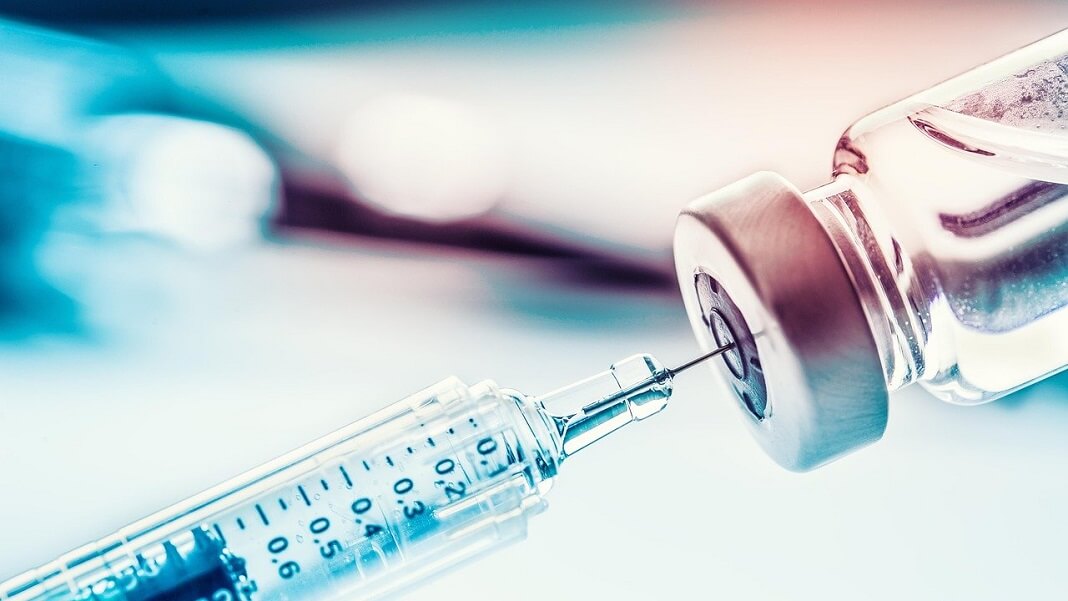
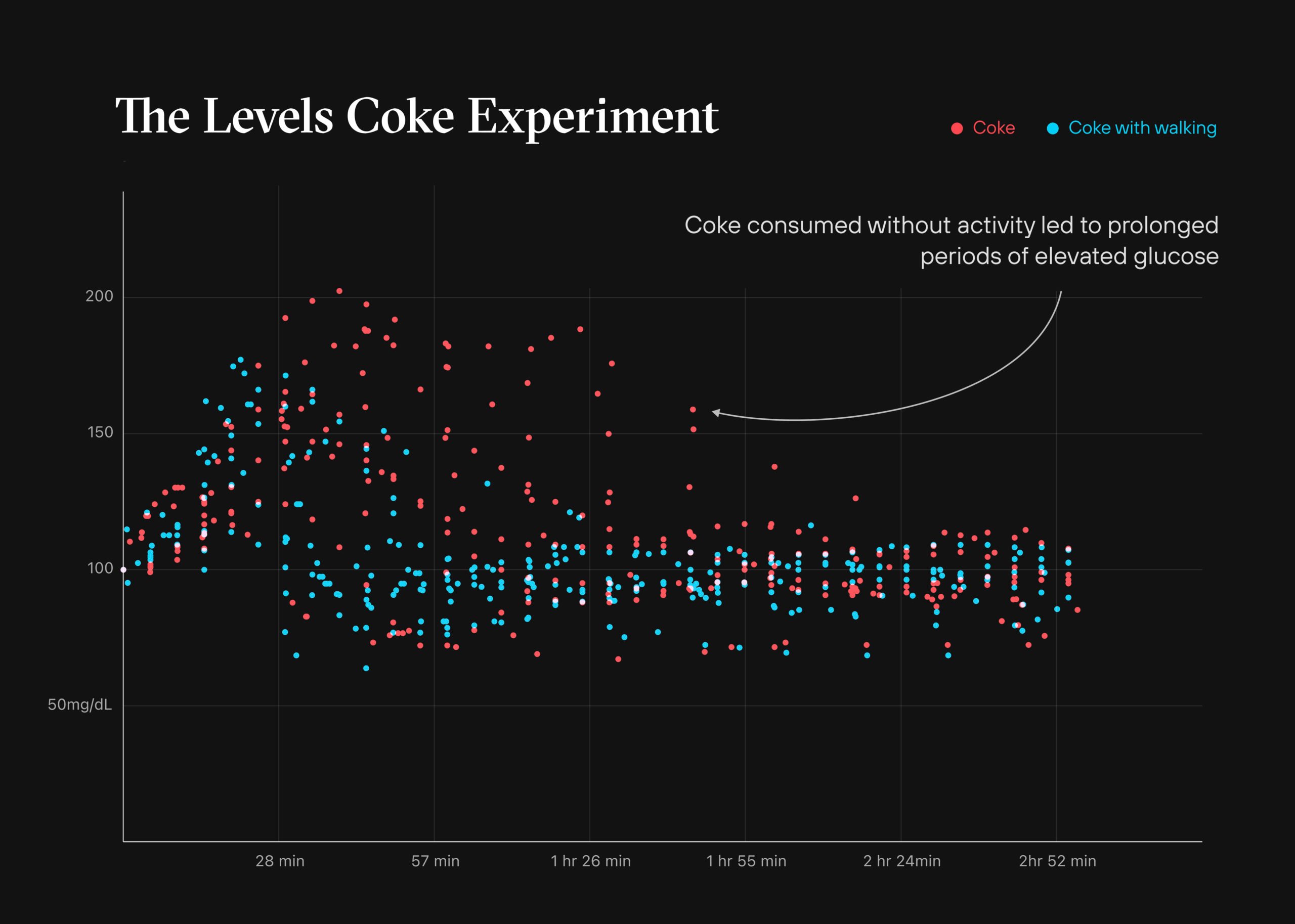
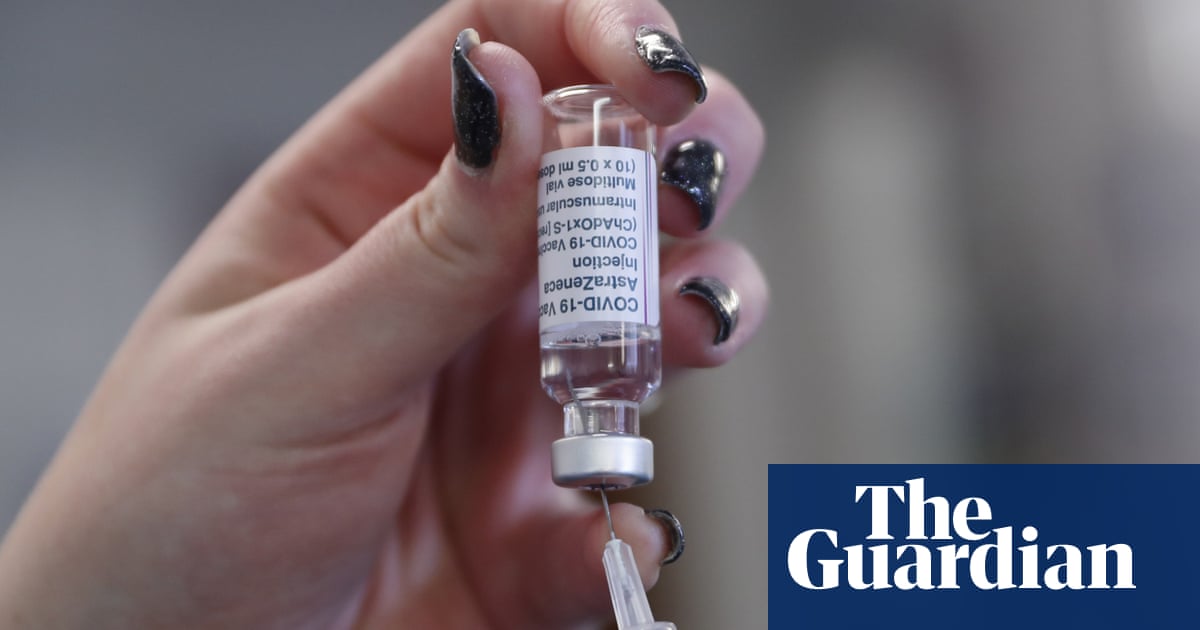




/cdn.vox-cdn.com/uploads/chorus_asset/file/23935561/acastro_STK103__04.jpg)
/cdn.vox-cdn.com/uploads/chorus_asset/file/24371483/236494_Mac_mini__2023__AKrales_0066.jpg)





